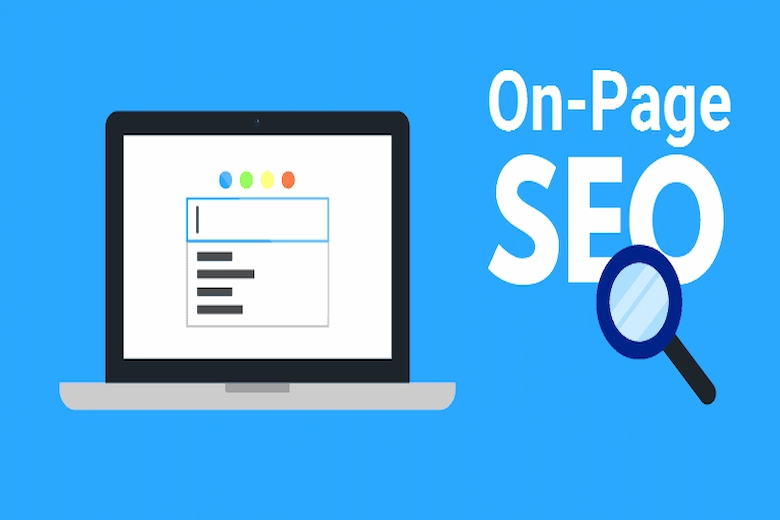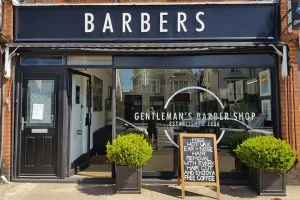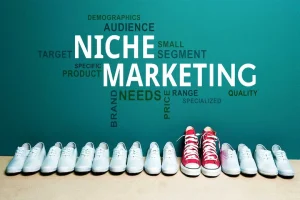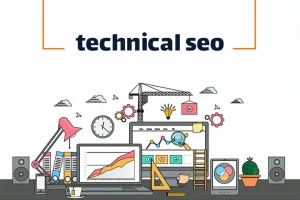A successful online presence is not only possible by having a beautiful and content-rich website, but also by optimizing it for search engines through On-Page SEO, which plays a vital role in digital success. On-Page SEO includes a set of targeted and technical activities that improve the site’s ranking in Google results by improving the technical and content structure of pages. From optimizing page titles, meta descriptions, and heading tags to internal linking and producing unique content, they are all factors that enhance the user experience and increase the site’s visibility. But on-page SEO doesn’t end there. Join us as we review it from 0 to 100.
What is on-page SEO?
On-Page SEO is a set of techniques and optimizations that are performed within the pages of a website to increase the ranking of that page in search engine results such as Google. This type of SEO includes optimizing text content, using target keywords correctly, adjusting title tags and meta descriptions, improving URL structure, using heading tags (H1 to H6), optimizing images through file names and ALT tags, internal linking, and increasing page loading speed. The goal of on-page SEO is to help search engines better understand and index the content of the page, and to provide users with a better user experience. By implementing the principles of on-page SEO precisely, the chances of being seen in search results and attracting organic traffic increase significantly.
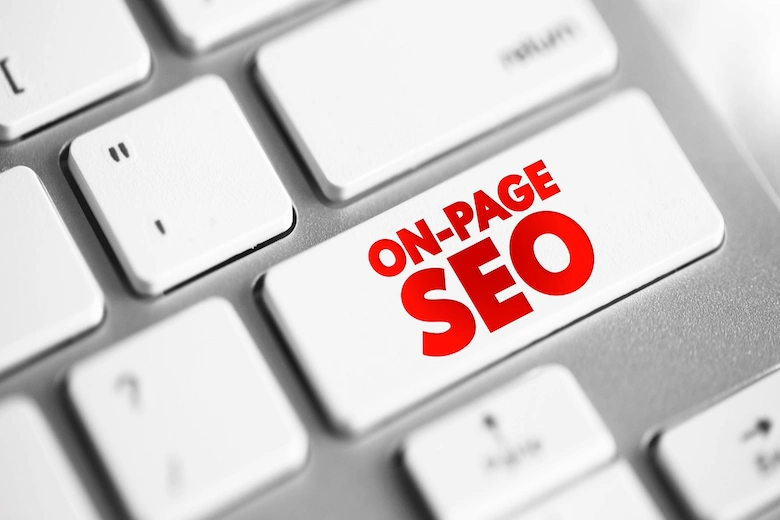
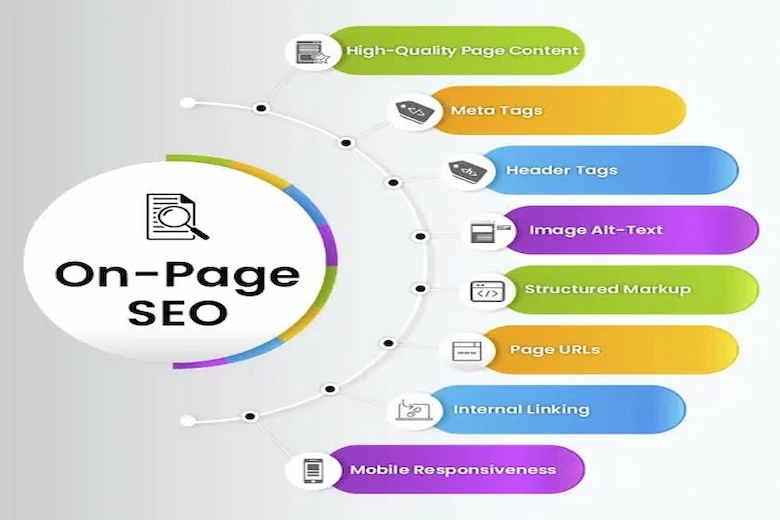
The importance of on-page SEO in website optimization
SEO plays a very key and effective role in optimizing a site for search engines, as this process helps improve the structure of pages, text content, keywords, and user experience so that search engines can better analyze and rank the content of each page. When the internal elements of the site such as title tags, meta descriptions, headings, internal links, and images are properly optimized, the site pages will have a greater chance of being seen in Google search results. On-page SEO also helps reduce bounce rates, increase user retention time on the site, and intelligently guide visitors to target pages. This set of measures puts the site in a favorable technical and content-wise state and creates a solid foundation for success in digital competition.
What does on-page SEO involve?
In general, on-page SEO includes various activities, each of which plays a key role in the success of this part of SEO. Join us as we introduce some of the most important activities that are carried out in on-page SEO:
Page title optimization
One of the most important activities in on-page SEO is optimizing the page title tag. This title is the first thing a user sees in Google search results and has a huge impact on click-through rate (CTR). The title should include the main keyword of the page, be attractively written, and not exceed 60 characters in length to avoid being displayed incompletely in search results. Good titles not only help users better understand the content of the page, but also help search engines better analyze the topic of the page.
Using heading tags
Headings or heading tags (H1 to H6) play an important role in structuring the content of pages. The systematic use of the H1 tag for the main title and H2 and H3 for subheadings helps search engines understand the logical structure of the content. These tags also help users get to the desired section faster when scanning the page. Using keywords in these tags gives the page more SEO points and makes your content more understandable to both humans and Google algorithms.
Optimize images using ALT
Although images are attractive to users, search engines cannot see them the same way humans do. That’s why using image alt tags is so important. This tag tells the search engine what the image is about and displays a description if the image doesn’t load. Including relevant keywords in the ALT tag not only improves on-page SEO, but also increases the chances of being seen in Google image search. Reducing the size of images to increase page load speed is also a complement to this process.
Internal linking
Internal linking is the process of creating connections between different pages on a site, which plays an important role in the navigation of users and Google crawlers. These links make users stay on the site longer and visit other related pages. By following these links, Google can also better index the structure of the site and identify the priority of more important pages. Using appropriate and descriptive anchor texts helps to better understand the content of the link’s destination and brings a higher SEO score.
Page URL optimization
One of the most important factors in on-page SEO is the URL structure of your pages. An optimal URL should be short, readable, free of meaningless characters, and contain your primary keywords. URLs that have a well-structured structure are both understandable to users and easy for search engines to follow. For example, using /blog/seo-on-page instead of /blog/article?id=123456 has a positive impact on rankings and user experience. It is also recommended to use a hyphen (–) instead of an underscore (\_) to separate words.
Increase page loading speed
Page loading speed is a critical factor in on-page SEO that directly impacts user experience and site ranking in search results. Pages that load faster have lower bounce rates and users stay longer on them. To increase speed, you can use file compression, use browser caching, reduce image size, and use powerful hosting. Google has repeatedly emphasized that site speed is an official ranking factor, so it should be a priority for on-page SEO activities.
Meta Description Optimization
Meta descriptions are a section of HTML code for each page that summarizes its content and are typically displayed in Google search results below the page title. Although meta descriptions don’t directly affect a site’s ranking, they can have a significant impact on click-through rates (CTR). A good meta description should be between 120 and 155 characters long, contain your primary keyword, and encourage the user to click. Using inviting phrases like “Read Now” or “See the Full Guide” can make this section more effective. A detailed and engaging meta description not only grabs the user’s attention but also presents a more professional image of your site.
Producing unique and quality content
One of the main foundations of successful on-page SEO is producing unique, valuable, and user-centric content. Search engines will rank pages that have duplicate or worthless content lower. Good content should meet the needs of the audience, provide accurate and useful information, be standard in terms of writing, and include target keywords naturally. Of course, we will learn more and more about the principles of producing SEO content.
Steps to produce SEO content
In general, producing professional SEO content plays a key role in the success of on-page SEO. The steps for producing SEO content are as follows:
- Research and select target keywords
- Determine the target and audience persona
- Choose an attractive and SEO-friendly title
- Produce unique, valuable, and practical content
- Use heading tags (H1 to H3) in a systematic manner
- Proper keyword density in the text
- Optimize images with file names and ALT
- Smart internal and external linking
- Write an attractive meta tag that includes keywords
- Final editing in terms of writing and structure
It is worth noting that we have previously examined this issue in detail in an article titled Guide to Producing SEO Content.
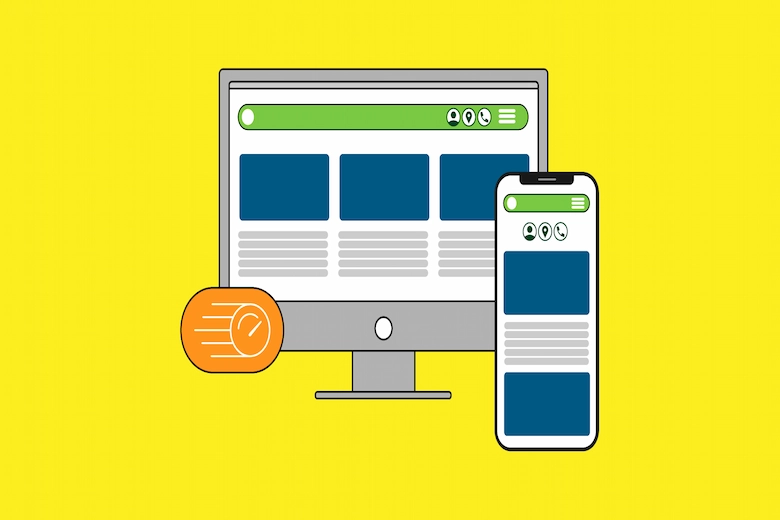
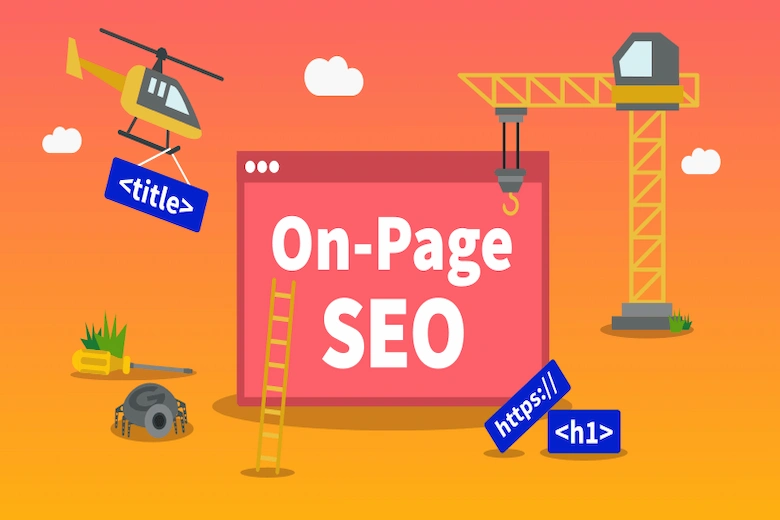
Final Words
As you can see, in this article, we introduced on-page SEO from 0 to 100. We learned that on-page SEO is the most basic and yet most effective part of the SEO process, which, if implemented correctly, can sustainably improve the position of a website in search engines. Measures such as optimizing page structure, using keywords correctly, increasing loading speed, building fundamental links, and producing quality content not only satisfy Google’s algorithms, but also provide a desirable experience for users. Thank you for your support until the end of this article.
Amood Design and Branding Group specializes in digital marketing. Our main areas of work include office set design, banner and poster design, brochure and catalog design, logo design, website design, SEO, advertising design, packaging design, etc. Dear friends, you can contact our experts through communication bridges to obtain more information and receive free advice.
